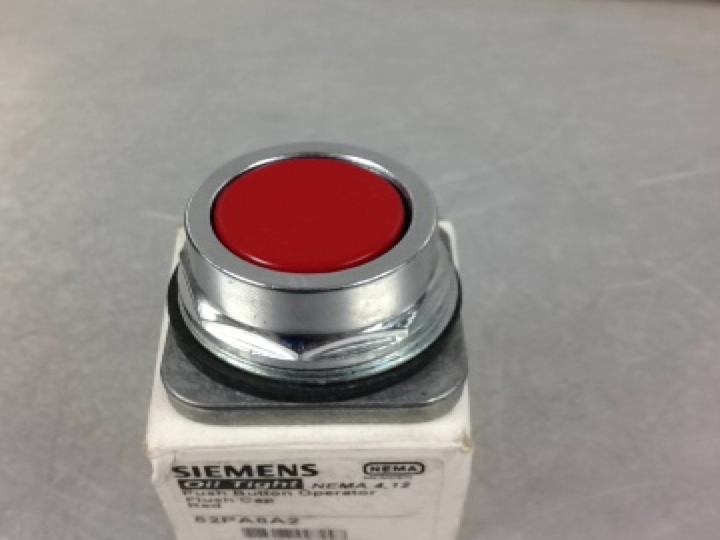

- #PUSH BUTTON NUCLEO F401RE ASSEMBLY HOW TO#
- #PUSH BUTTON NUCLEO F401RE ASSEMBLY SOFTWARE#
- #PUSH BUTTON NUCLEO F401RE ASSEMBLY CODE#
- #PUSH BUTTON NUCLEO F401RE ASSEMBLY SERIES#
- #PUSH BUTTON NUCLEO F401RE ASSEMBLY FREE#
The development tool is one of the most popular STM32 Nucleo systems.
#PUSH BUTTON NUCLEO F401RE ASSEMBLY HOW TO#
On the next part of this tutorial, I will show you how to include a button to control the blinking of the LED. The same desire for greater accessibility that inspired the coursework pushed Arm Education to choose the NUCLEO-F401RE board.

Here’s the video showing the LED blinking:
#PUSH BUTTON NUCLEO F401RE ASSEMBLY CODE#
The LED still blinks if I change the pin name from D5 to PB_4 (which is standard STM32 naming): #include "mbed.h" the nucleo board button is pulled up to high to gpioc13 so i made the interrupt on a falling edge, the code keeps getting into the irq handler without me pushing the button my main. Then I created a program that blinks the LED faster and faster: #include "mbed.h" I attached an LED to D5 using the Grove shield: With knowledge on the pin names, I am ready to create some more programs. You can switch between debugging Tools & Debug. This gives us an additional 76 pins to work with, much more than the Arduino Mega! Please click on compatible debug tool below for the further instructions and configuration information. In fact, you can use the same pin names (A0, A1, etc.) when programming in Mbed.Īgain, the similarities with the Arduino UNO is still there, making the Nucleo board compatible with Arduino shields.īesides the Arduino headers, there are also Morpho headers which gives the user access to all of the pins of the STM32F10RB: You’ll see that the pin assignments is very much like the Arduino UNO. Figure 3 shows the connections between the STM32 and its peripherals (ST-LINK/V2-1, push buttons, LEDs, USB, Ethernet, ST Zio connectors and ST morpho. The ST Nucleo F103RB page on the Mbed website contains information about the Arduino header pins of the board. Now we will dig deeper on the pinout and other functionalities of the board. First: pinout A complex yet flexible MCU like the STM32 provides I/Os that have 'overloaded' functionalities. Supported by wide choice of Integrated Development Environments (IDEs) including IAR, Keil, GCC-based and ARM mbed.On the previous tutorial, we managed to create our first program with the STM32 Nucleo board.
#PUSH BUTTON NUCLEO F401RE ASSEMBLY SOFTWARE#
The integrated ST-LINK/V2-1 debugger/programmer comes with the STM32 comprehensive software HAL library, software examples, as well as direct access to the ARM mbed on-line resources. Arduino Uno v3 and ST morpho headers expand the functionality with a choice of Shields. The Create new program dialog box will appear. This STM32 Nucleo-64 board provides an affordable and flexible way for users to build prototypes with the STM32F401RET6 microcontroller. Click on the 'Open mbed Compiler' button The mbed compiler window will open in a separate browser window. NUCLEO-F401RE Nucleo-64 Development Board
#PUSH BUTTON NUCLEO F401RE ASSEMBLY SERIES#
The ARM Cortex-M4 based STM32 F4 series of high-performance MCUs with DSP and FPU instructions is an extension of the industry-leading STM32 portfolio towards even higher performance.
#PUSH BUTTON NUCLEO F401RE ASSEMBLY FREE#
STM32F4 Series 32-Bit ARM Cortex-M4 Microcontrollers, STMicroelectronics NUCLEO-F401RE STM32 Nucleo-64 Development Board with STM32F401RE MCU, Supports ST Morpho connectivity Brand: STMicroelectronics 30 ratings Amazons Choice in Single Board Computers by STMicroelectronics 2816 FREE Returns Available at a lower price from other sellers that may not offer free Prime shipping. donghee / main. Information relates only to products sold on or after the date of this certificate. GitHub Instantly share code, notes, and snippets.RS Components has taken all reasonable steps to confirm this statement. The supplier of the item listed below has informed RS Components that the product is "RoHS Compliant". scroll down and navigate to Nucleo-X (in my case, it is Nucleo-64) and select it, click on 'Tools', click on 'Board part number' and select your board (in my case, it is Nucleo F401RE) and again click on 'Tools', click on 'Port' and select the port on which your Nucleo board is mounted.

The restricted substances and maximum allowed concentrations in the homogenous material are, by weight: Substance Click on 'Tools', click on 'Board'- a drop-down box appears. and for components, the product is capable of being worked on at the higher temperatures required by lead–free soldering.The product does not contain any of the restricted substances in concentrations and applications banned by the Directive,.Whilst this restriction does not legally apply to components, it is recognised that component “compliance” is relevant to many customers. EU Directives 2011/65/EU and 2015/863 restrict the use of the 10 substances below in the manufacture of specified types of electrical equipment.


 0 kommentar(er)
0 kommentar(er)
